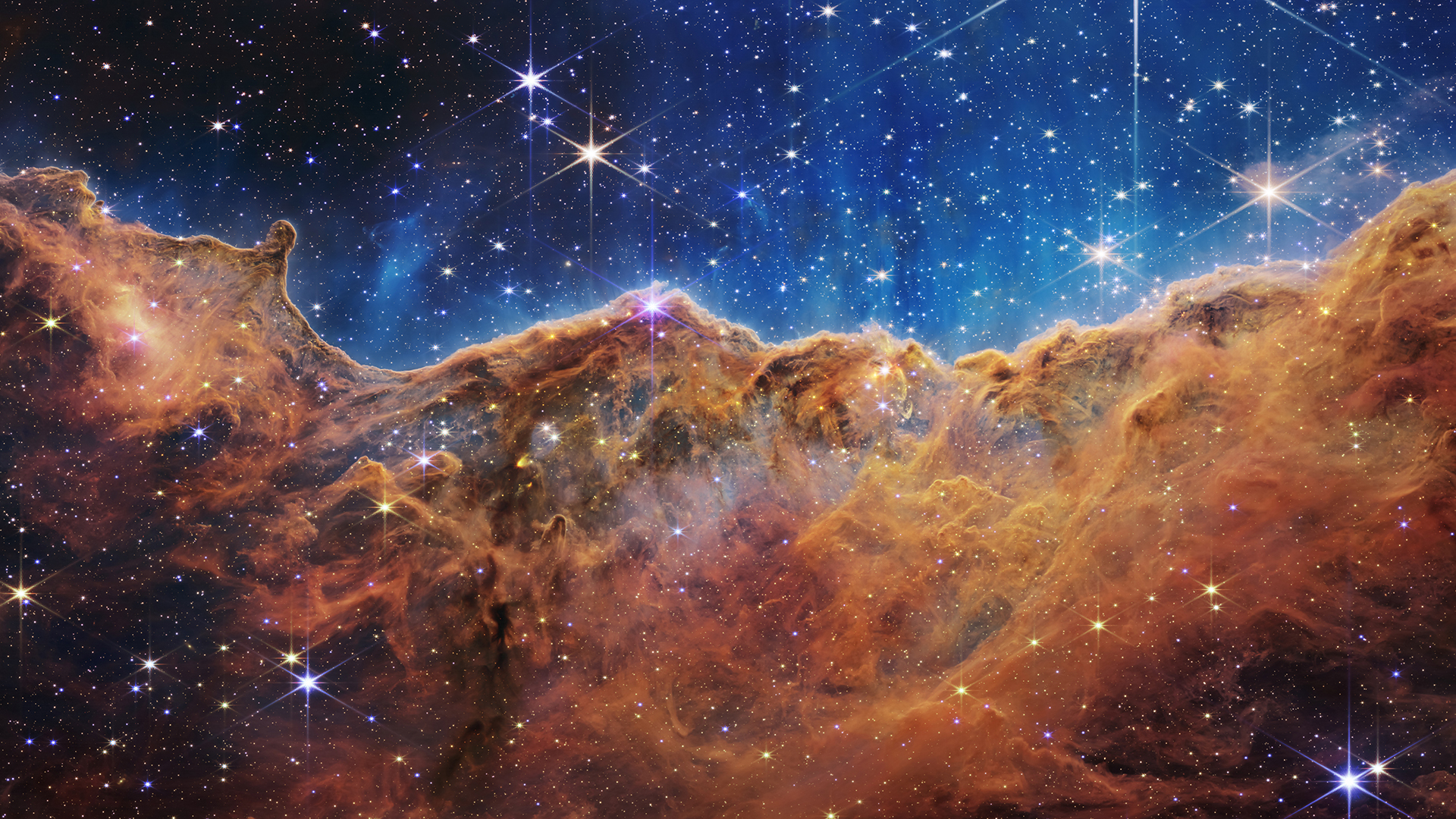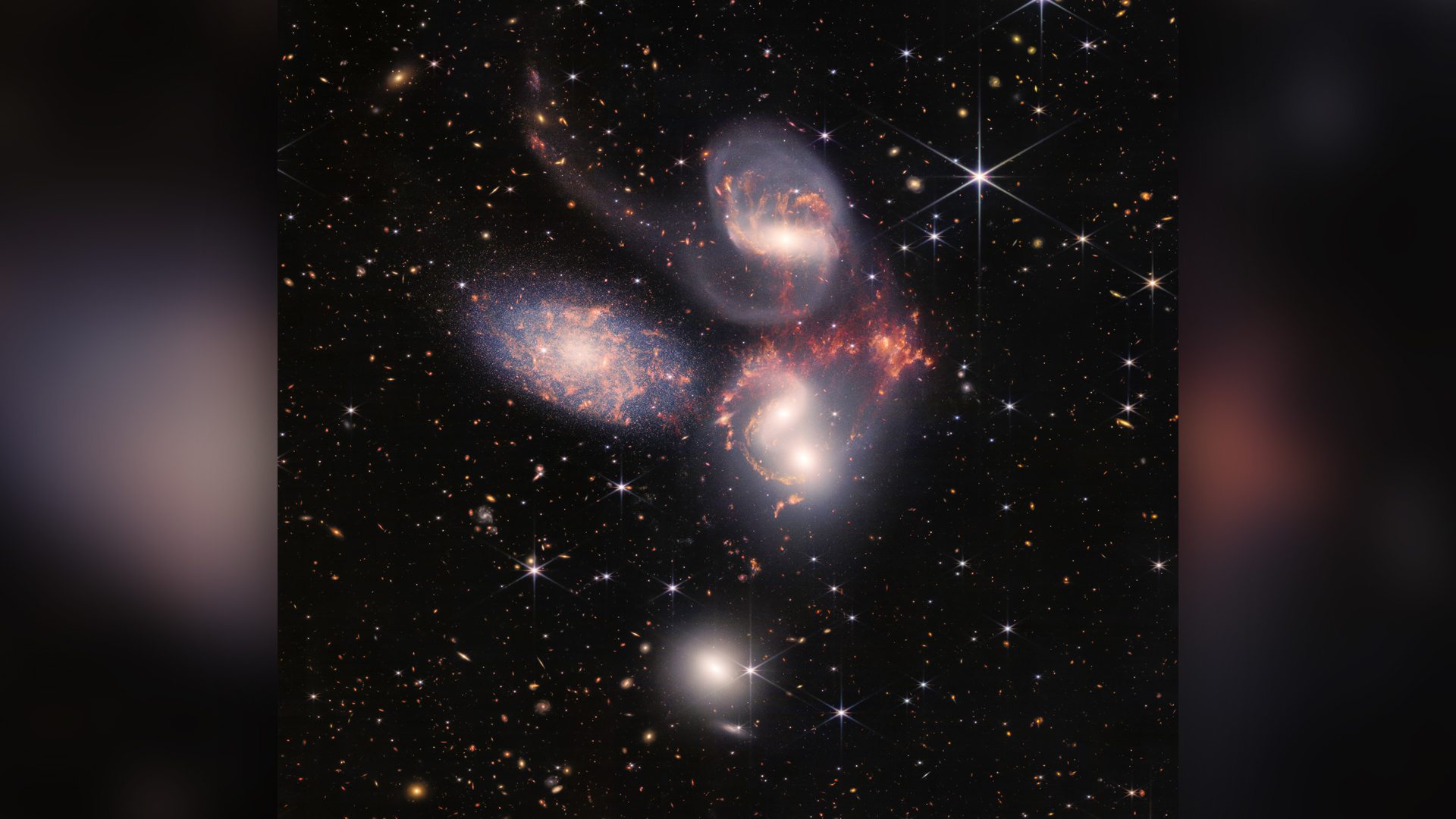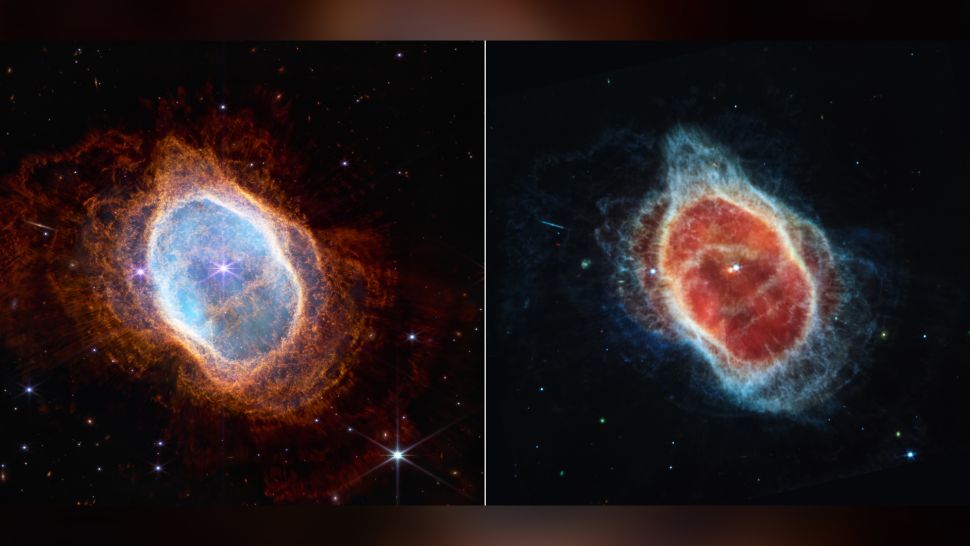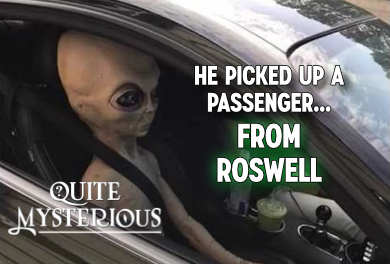Space & Astronomy
July 12, 2022 · 30 comments
30 comments
The Carina Nebula

This spectacular image shows the edge of a star-forming region of space in the Carina Nebula.
Situated 7,600 light years away, it shows - for the first time - previously invisible stars thanks to the telescope's infrared capabilities.
Stephan's Quintet

This image shows a group of five galaxies - all of which being tightly bound - situated in the Pegasus constellation some 290 million light years away.
Southern Ring Nebula

These two images taken with different cameras show the expanding cloud of dust and gas around a dying star situated 2,500 light years from Earth.
Source: Live Science | Comments (30)
More spectacular James Webb images revealed
By T.K. RandallJuly 12, 2022 ·
 30 comments
30 commentsSeveral more stunning images from the James Webb Space Telescope have now been published by NASA.
Earlier today the space agency released a number of additional images and we've picked out a few of the most spectacular - suffice to say, there will be a lot more of these to look forward to over the coming years.The Carina Nebula

This spectacular image shows the edge of a star-forming region of space in the Carina Nebula.
Stephan's Quintet

This image shows a group of five galaxies - all of which being tightly bound - situated in the Pegasus constellation some 290 million light years away.
Southern Ring Nebula

These two images taken with different cameras show the expanding cloud of dust and gas around a dying star situated 2,500 light years from Earth.
Source: Live Science | Comments (30)

The Unexplained Mysteries
Book of Weird News
AVAILABLE NOW
Take a walk on the weird side with this compilation of some of the weirdest stories ever to grace the pages of a newspaper.
Click here to learn more

Support us on Patreon
BONUS CONTENTFor less than the cost of a cup of coffee, you can gain access to a wide range of exclusive perks including our popular 'Lost Ghost Stories' series.
Click here to learn more
United States and the Americas
Ancient Mysteries and Alternative History
Israel, Palestine and the Middle-East
Palaeontology, Archaeology and History
Total Posts: 7,751,587 Topics: 324,009 Members: 203,511
Not a member yet ? Click here to join - registration is free and only takes a moment!
Not a member yet ? Click here to join - registration is free and only takes a moment!

































Please Login or Register to post a comment.